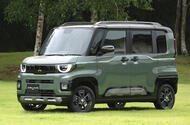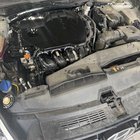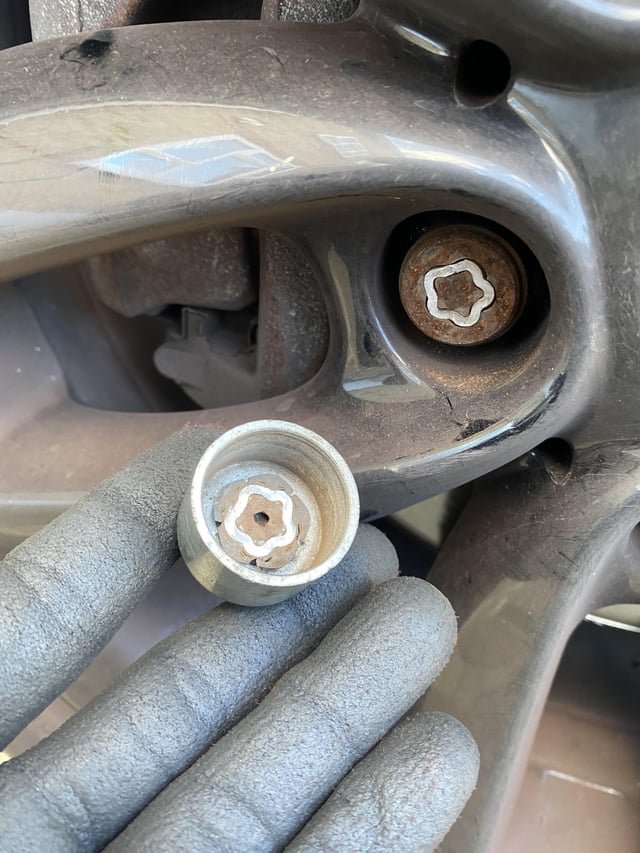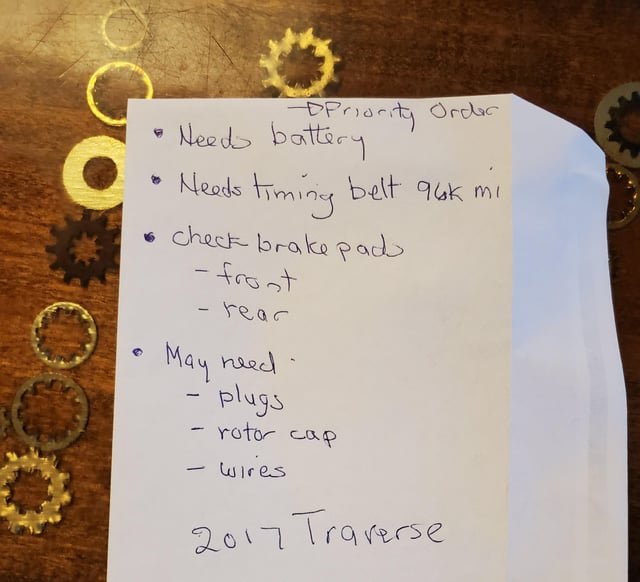Mitsubishi is one of Japan’s biggest kei car makers, but its European chief isn’t sure they will come here
E-car class is planned to deliver environmentally friendly, affordable small cars in the vein of Japan’s kei machinery
Car makers have vigorously pushed the EU to create a new, lower-cost category for small cars lately, but few were expecting Ursula von der Leyen to give the go-ahead in her speech on 10 September.
“Millions of Europeans want to buy affordable European cars,” said the European Commission president. “This is why we will propose to work with industry on a new small affordable cars initiative.”
She even adopted Stellantis’s proposed name for the category, E-car, saying the ‘E’ stood for ‘European’, ‘environmental’ and ‘economical’.
Stellantis was quick to praise the move. “President von der Leyen’s initiative is both visionary and urgent. Now it’s time to turn ambition into action,” the multinational giant said in a statement.
It seems Europe will get an equivalent of Japan’s kei cars, then – but what happens next is uncertain.
“We are still in the process of connecting the dots on this one,” European industry lobby group the ACEA told Autocar.
Stellantis and Renault, two of the biggest flag-wavers for this new category, are clear what they want to change.
“We have a tsunami of regulation,” new Renault Group CEO François Provost said at the recent Munich motor show. “Due to this, the price of cars is too high. As a consequence, we have an unprecedented ageing of the car parc in Europe.”
The increase in average age of cars in Europe, now over 12 years, has been a consistent attack point from car makers in their lobbying of the EU.
Scrap a 10-year-old car for a new model and you would save 76g/km of CO2, so the argument goes, based on the average improvement on fuel economy.
Stellantis is pushing for ‘double credits’ towards its CO2 average for selling small cars, even with combustion engines. “A small car will always pollute less, have lower CO2 emission than a bigger one, right?” new CEO Antonio Filosa said recently.
Car makers believe the new category needs to dial back on all the safety regulations.
“A city car like the Corsa doesn’t need a lane-keep assist,” Opel-Vauxhall CEO Florian Huetll said at Munich, citing one of the many active safety systems required by the EU’s General Safety Regulation 2 (GSR2) ruleset.
“But we have to do it, and we have to put the parts in, and we have to develop it, and we need the electrical architecture. All of this piles up, so that today a Corsa is above €20,000 – a lot of money,” Huetll said.
Another expense, called out by Mitsubishi Europe CEO Frank Krol, is the need for connectivity – for example to enable the mandatory eCall automatic emergency contact system.
“We have seen the price of cars going up between 2018 and 2024 by an average of 35% in Europe,” he told Autocar at the launch of the new Eclipse Cross EV.
Car makers are clear, then. But what about the EU? Its position is much less clear.
The small cars element of von der Leyen’s speech was greeted with surprise within the European Commission, according to Lucien Mathieu, director for cars at the environmental pressure group Transport & Environment (T&E).
He said: “The reaction was: ‘What does she have in mind here?’ I’ve spoken to people from the Commission. Nobody knows what it signifies.”
One of the surprises was that none of the three things von der Leyen said the ‘E’ in ‘E-car’ stood for was ‘electric’. Does that mean the new category could include ICE cars? That seems unlikely, given the timeframe.
“Ultimately, creating a new vehicle category involves complex discussions about which safety requirements that should be removed, and then you go into a process which might last a decade,” Mathieu said.
Even Krol of Mitsubishi, one of the biggest kei car manufacturers in Japan, didn’t believe the EU would be going down that route. “I’m not so sure I see a compatibility between kei cars and what they intend to set up here in Europe,” he said.
The other suggestion is that the EU isn’t looking for a technical change but instead might go easy on small cars in terms of soft-pedalling their impact on car makers’ target CO2 figures, as Stellantis and Renault want.
Stellantis spoke of needing to “adjust the regulatory bias toward large battery-electric vehicles and reward the ones with a smaller footprint” in its statement.
“Their logic here is that the regulation favours larger vehicles, favours the Germans,” Mathieu said. But he added that T&E is fiercely opposed anything that rewards sales of small cars that don’t have a battery: “We don’t see any world where we would give super credits or a multiplier to a small combustion car. That that would be completely insane.”
T&E also opposes giving more weight to small EVs, arguing that would allow the sale of more combustion engine cars.
If the extent of the EU’s small car initiative isn’t to create a new, cheaper small category but to reward their sale in the form of more generous credits to put towards the CO2 average, it will have less impact on the UK.
The UK continues to adopt EU technical regulations, largely because it’s too expensive not to – but it has already gone its own way on the path to lowering the CO2 output of new cars.
The EU, however, is keen that the native small car market is given a boost and that Chinese firms don’t swoop in to corner that segment as well. “We cannot let China and others conquer this market,” von der Leyen said in her speech.
A system whereby small, European-made cars with European-sourced batteries are incentivised in some way could work for both car makers and the EU.
A combination of regulations but also formerly low interest rates and car makers’ desire to sell bigger, more profitable vehicles were responsible for shrinking the small car market. Once the cheap-money era ended post-Covid, they became keen to revive it. Any help to bring it back to health would benefit all Europeans.






